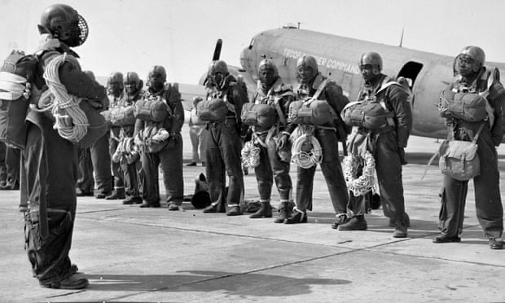This History of Juneteenth
On June 19, 1865, Major General Gordon Granger and his troops declared to all the people in Galveston, Texas General Order Number 3: “The people of Texas are informed that in accordance with a Proclamation from the Executive of the United States, all slaves are free. This involves an absolute equality of rights and rights of property between former masters and slaves, and the connection heretofore existing between them becomes that between employer and hired laborer.” This day became known as Juneteenth and resulted in mass celebrations. Galveston was one of the last places in the United States to receive the news that all African American were considered free and no longer slaves. This news came two and half years after the Emancipation Proclamation became effective on January 1, 1863.

This newly gained freedom for African Americans began the process of obtaining equality, but would not be fully realized for a long time. Following Juneteenth in 1866, Congress authorized the creation of African American Army units who would later be called “Buffalo Soldiers”. This term remained with African American troops into World War I and World War II. The 92nd Infantry Division was the only African American division to see combat in Europe during WWII, and was commonly referred to as the Buffalo Division.

Seventeen Soldiers of the 92nd Infantry Division (Buffalo) would be selected for the twenty member first class “colored test platoon” paratroopers. Seventeen of these twenty would successfully graduate in 1943. This test platoon would continue to grow until they became the 555th Parachute Infantry Battalion, also known as the Triple Nickles. The helmet pictured below is on exhibit at the ASOM, and was used by the 555th Parachute Infantry Battalion in Oregon in 1945.


Did you enjoy this content? If so, please consider giving a gift the U.S. Army Airborne and Special Operations Museum so we can continue our mission of engaging, educating and inspiring the public on the legacies of Airborne and Special Operations Soldiers.



